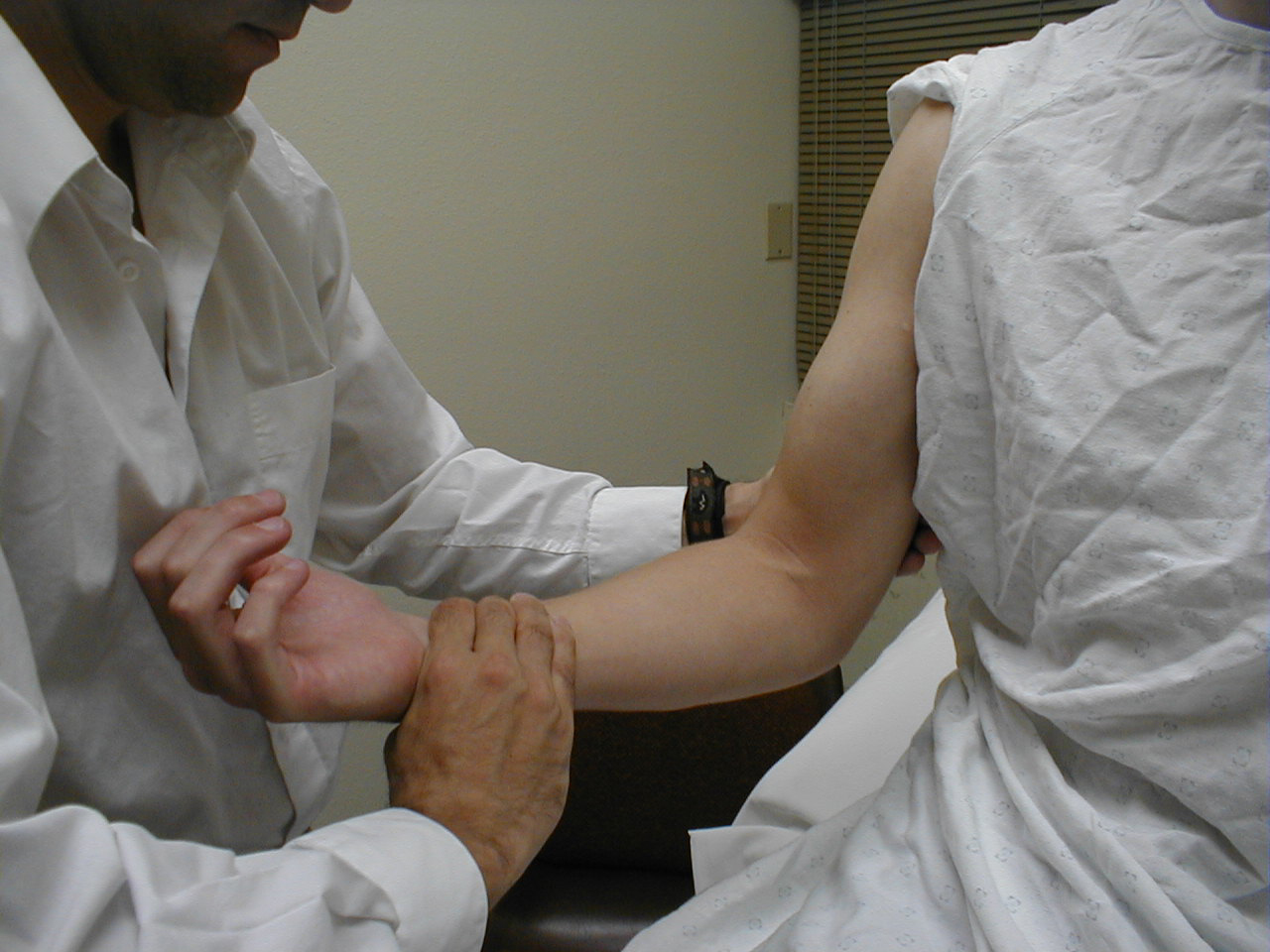Page Contents
OVERVIEW
This page is dedicated to covering how one can properly conduct strength testing in patients. Strength testing is a routine part of the neurological exam, and it is often performed improperly.

BASIC PRINCIPLES
When assessing strength keep a few things in mind:
- Testing each side independently is important
- Comparing opposite sides of the body is useful in order contextualize the relative strength of the patient in each side
- Isolating the muscles that you are testing is critical (place hands on opposite sides of the joint involved in the test)
GRADING SCALE
While the grading scale sometimes can be tedious (in reality the most important thing to communicate across is if a patient has any patterns of weakness), it can help also quantify the patient’s strength. Here is the scale that is used:
- 0– No muscular contractoin detected
- 1– Barely detectable contraction
- 2– Active movement of the body part, but not against gravity
- 3– Active movement against gravity possible
- 4– Active movement against gravity and some resistance
- 5 – Active movement against full resistance without any fatigue
TESTING STRENGTH IN THE UPPER BODY
Here are important muscles of the upper body to test in the patients for any strength deficits:
Deltoids:
Biceps:
Triceps:
Wrist extensors:
Finger extensors:
Hand grip muscles:
TESTING STRENGHT IN THE LOWER BODY
Here are important muscles of the upper body to test in the patients for any strength deficits:
Psoas:
Hamstrings:
Quadriceps:
Dorsiflexors:
Page Updated: 01.10.2017